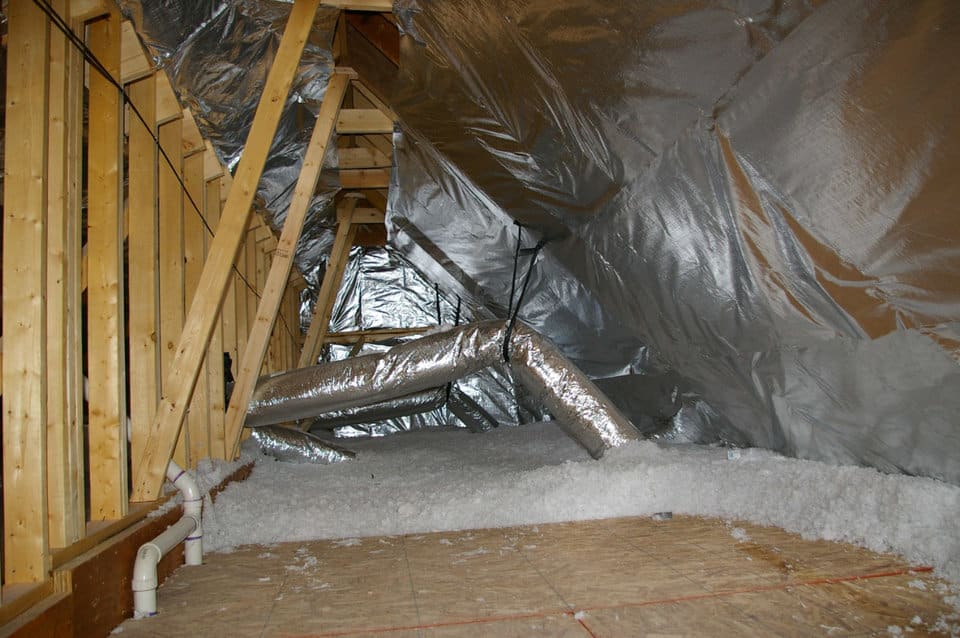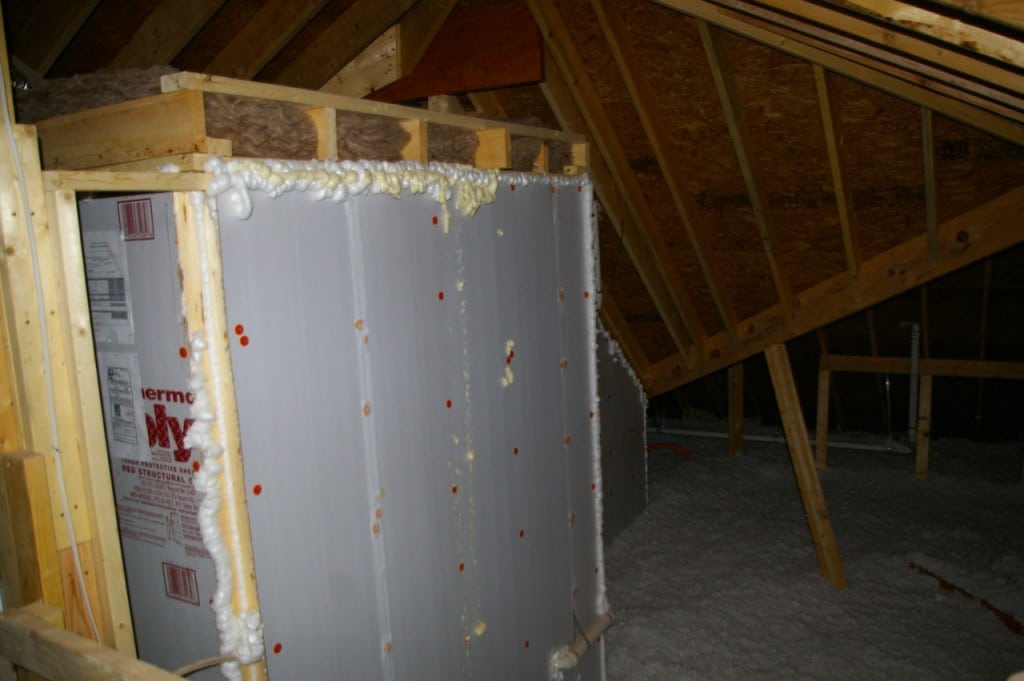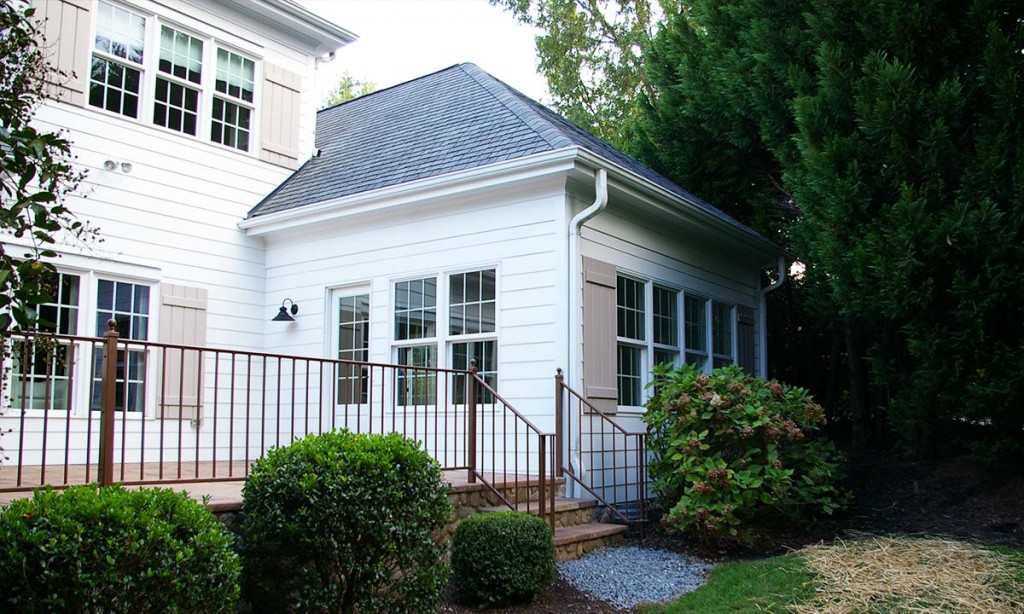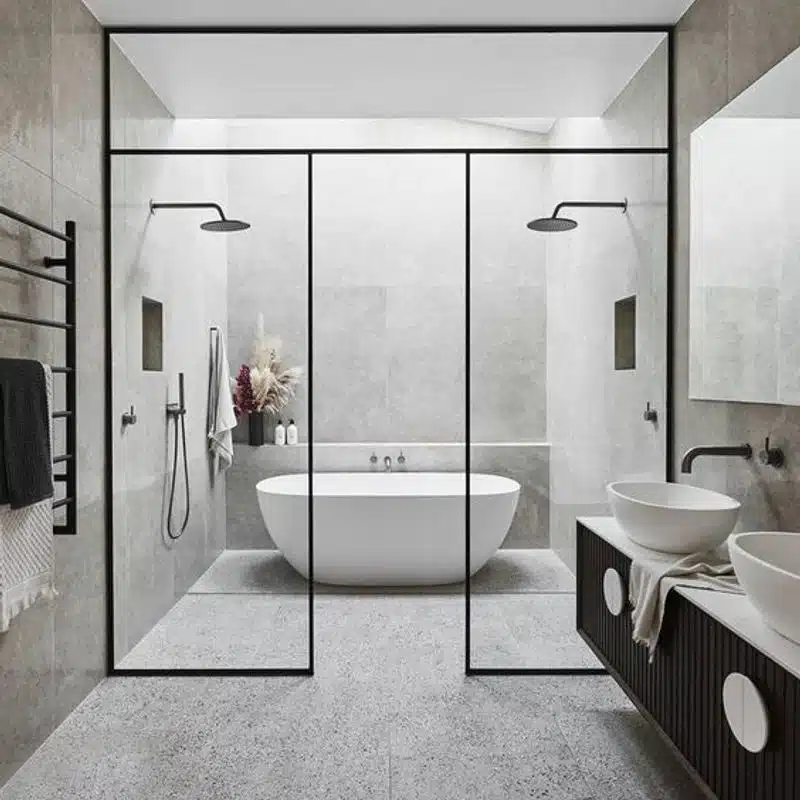
Radiant heat barriers: Are they a bright idea?
Do radiant heat barriers actually reflect the heat of the sun away from your home?
When you’re sitting outside in the sun on a summer day in the Carolinas, it can feel as if you are quite literally baking. Yet something that resembles the aluminum foil you use in your kitchen might be exactly the layer of extra protection that your home needs. What we’re talking about are radiant barriers – and they work well at protecting Charlotte area homes from the heat of summer.
To understand how and why they work, you first have to understand radiant heat. Think of how the sun warms you – its energy travels in a straight line and warms any solid object in its path that absorbs its energy. Radiant heat barriers, in essence, come between the source of heat (which in this case is the sun) and the object in its path (your home – or more specifically, your attic) and reflect the heat away.

At their core, radiant heat barriers are a simple concept. They are made of a highly reflective material (usually a derivation of aluminum foil) that is attached to an underlying material such as kraft paper, a plastic film, cardboard or oriented strand board and some type of air infiltration barrier material. Some brands of barriers are reinforced with fibers to make them more durable and easier to handle. Oftentimes, a radiant heat barrier is actually the facing (or surface material) of normal thermal insulation that you see in rolls in your local home improvement store. In new construction homes, radiant heat barriers are generally thinner membranes placed between the rafters and the roof sheathing material. In existing homes, a professional installer can attach the barrier to the underside of the rafters.
But do they work?
Do they actually reflect the heat of the sun away from your home?
The answer, according to the U.S. Department of Energy, is a resounding yes. According to their website, radiant barriers are more effective in hot climates (like ours in the Carolinas) than in cooler climates, and particularly when AC air ducts are located in the attic. Some studies have shown that radiant barriers can reduce cooling costs in areas like ours by 5% to 10%. In fact, the reduction in heat gain may even allow for the installation of a smaller, more efficient air conditioning system.
Of course, for the best results, talk with a qualified, professional remodeler who can gauge your particular situation and determine if a radiant heat barrier will work for you.






